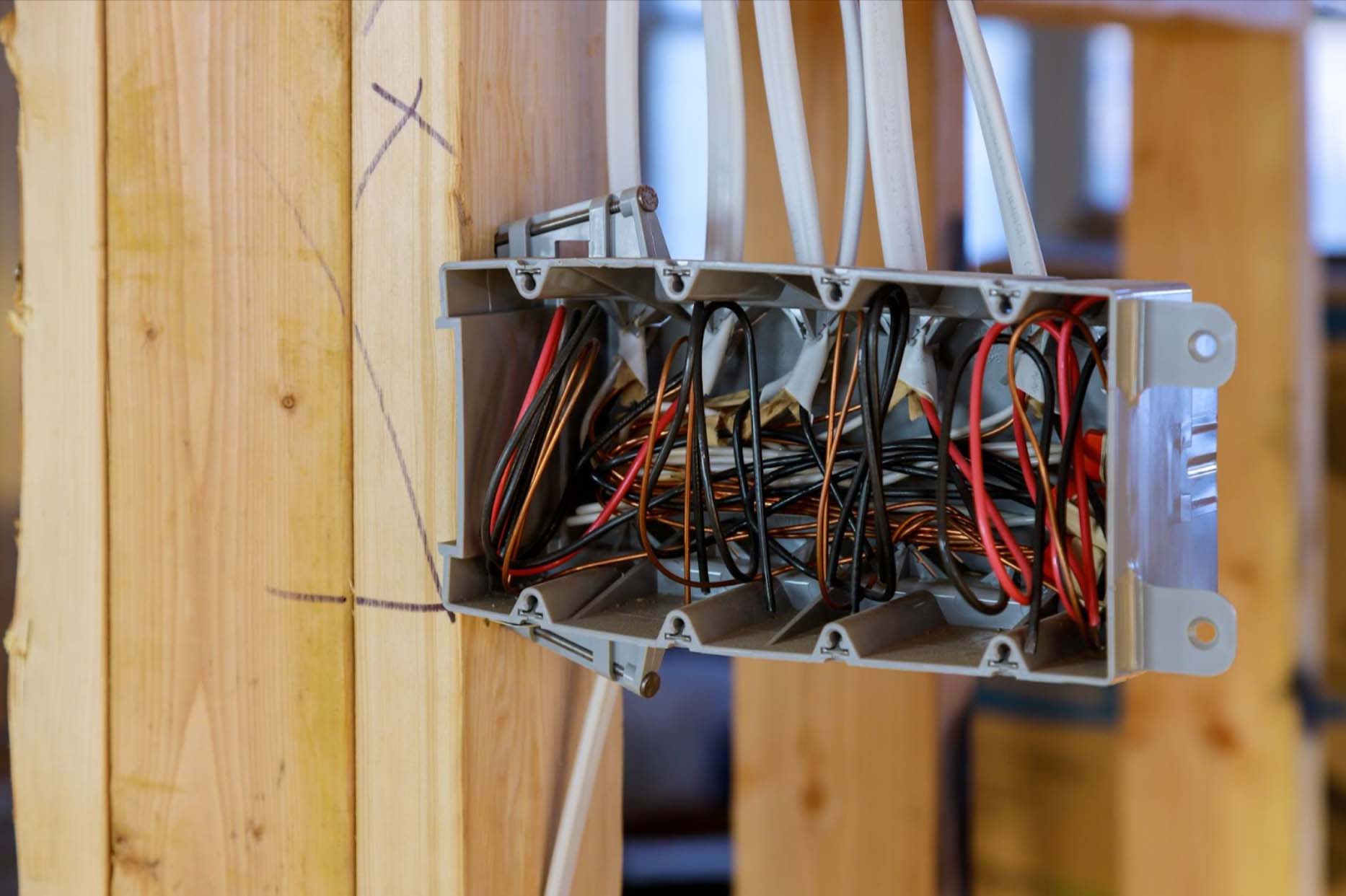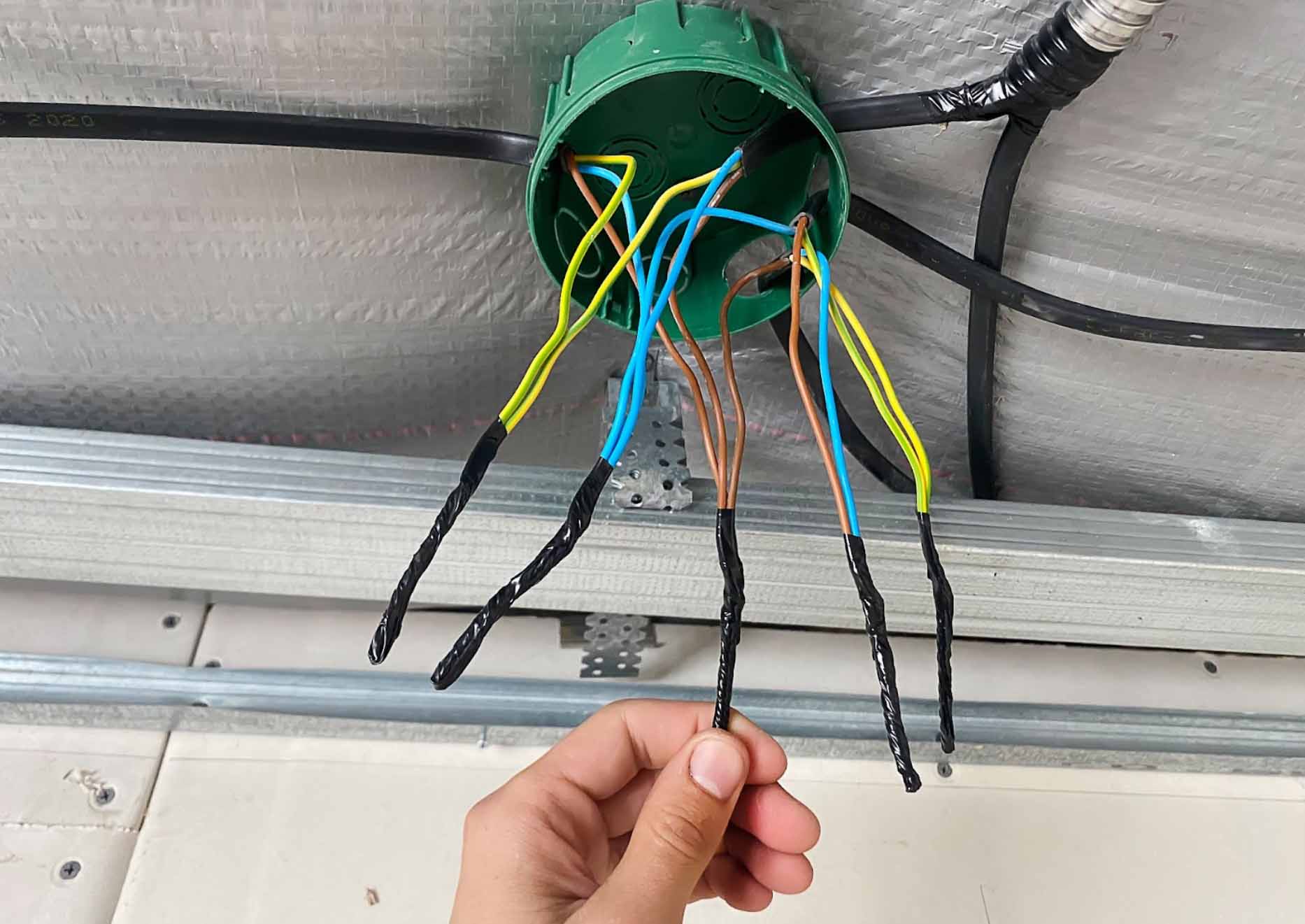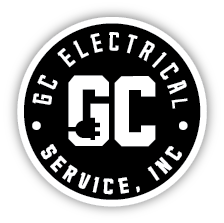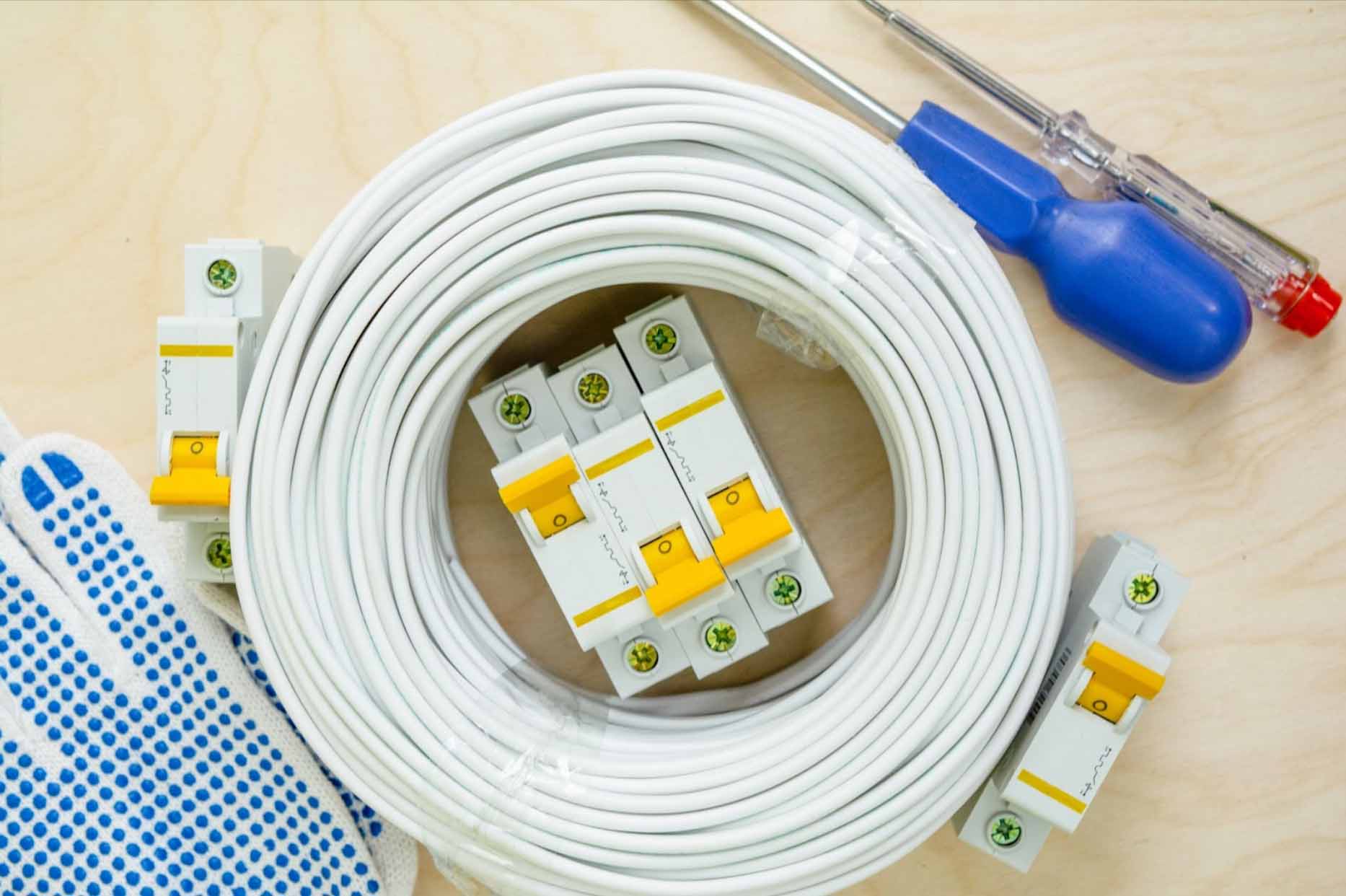Understanding electrical system wiring is crucial for safety and efficiency. Poorly managed electrical systems pose significant risks, including fires and electrical shocks. Knowing the basics can help homeowners maintain their homes better and save costs. Proper wiring ensures energy efficiency and prevents hazards, making it a valuable skill for any homeowner.
Basics of Electrical System Wiring
Electrical systems in homes consist of various components, each playing a crucial role in the overall functionality. These include wires, cables, outlets, switches, and the main service panel. Understanding how these components interact is essential for proper maintenance and troubleshooting of electrical issues.
Wires and Cables
Wires are conductors that carry electricity throughout the home. They come in different sizes and types, each suited for specific applications. Cables, which are bundles of wires, are used to connect various parts of the electrical system. Knowing the difference between wires and cables helps choose the right components for a project.
Outlets
Electrical outlets, or receptacles, provide a point of access for electricity to power devices and appliances. They come in standard GFCI (Ground Fault Circuit Interrupter) and AFCI (Arc Fault Circuit Interrupter) outlets. Understanding the different types of outlets and their uses is crucial for safety and functionality. Properly installed outlets ensure safe and convenient access to electricity.
Switches
Switches control the flow of electricity to various devices and fixtures. They can turn lights and appliances on or off, dim lights, and control fans. There are several types of switches, including single-pole, three-way, and dimmer switches. Knowing how to install and replace switches can improve the functionality and convenience of a home's electrical system.
Main Service Panel
The main service panel, also known as the breaker box, is the central hub of the electrical system. It distributes electricity to different circuits throughout the home and houses circuit breakers or fuses. Understanding the layout and function of the leading service panel is crucial for managing electrical loads and troubleshooting issues. Proper maintenance of the service panel ensures the safety and reliability of the entire electrical system.
Grasping these fundamental components and their functions forms the foundation of understanding electrical system wiring. This knowledge is essential for performing basic maintenance tasks and ensuring the safety and efficiency of a home's electrical system.
Types of Electrical Wires and Cables
Various types of electrical wires and cables are used in residential wiring, each suited for specific applications. Choosing the right wire or cable is crucial for safety, functionality, and compliance with electrical codes.
Non-Metallic (NM) Cable
This cable type, or Romex, NM cable, is commonly used for indoor residential wiring. It consists of insulated wires encased in a plastic sheath, which makes it flexible and easy to work with. NM cables are typically used for lighting and outlet circuits. Due to their lack of additional protection, they are not suitable for outdoor or underground use.
Armored Cable (BX)
Armored cable, or BX, features a metal sheath that protects against physical damage. It is often used where wires might be exposed to potential harm, such as basements or garages. The metal sheath also provides some measure of protection against electrical interference. However, BX cable is less flexible than NM cable, making installing it more challenging in tight spaces.
Underground Feeder (UF) Cable
UF cable is designed for outdoor and underground use. Its rugged outer jacket is resistant to moisture and UV radiation, making it ideal for wiring outdoor lighting, sheds, and other structures. The robust insulation ensures that the cable can withstand harsh environmental conditions. Proper burial depths and protection methods are essential to comply with electrical codes when using UF cable.

Conduit Wiring
Conduit wiring involves running wires through protective tubes or conduits. This method protects against physical damage and is often used in commercial and industrial settings. Conduits can be made of metal or plastic, offering flexibility in routing wires through walls and ceilings. Using conduit wiring in residential settings can enhance safety and compliance with local building codes.
Understanding the different electrical wires and cable types helps select suitable materials for specific applications. Proper selection ensures the electrical system's safety, efficiency, and longevity.
Common Electrical Wiring Configurations
Standard wiring configurations in homes include single-phase and three-phase systems. Understanding these configurations and their applications is essential for proper electrical system installation and maintenance.
Single-Phase Wiring
Single-phase wiring is the most common configuration in residential settings. It involves a single alternating current (AC) voltage that powers lights, outlets, and appliances. This system is relatively simple and cost-effective to install. Single-phase wiring is suitable for most household electrical needs but may need more for high-power applications.
Three-Phase Wiring
Three-phase wiring is typically used in commercial and industrial settings, where higher power demands are required. It involves three AC voltages that are out of phase with each other, providing a more stable and efficient power supply. This configuration is ideal for running heavy machinery and large appliances. While rare in residential homes, some more significant properties or workshops may use three-phase wiring for specific needs.
Series Circuits
In a series circuit, all components are connected end-to-end, forming a single path for current flow. This type of configuration is simple but has limitations, as a fault in one component can disrupt the entire circuit. Series circuits are often used in applications where the failure of one component should indicate the need for maintenance, such as in string lights. Understanding series circuits helps troubleshoot issues where continuity is critical.
Parallel Circuits
Parallel circuits connect components across common points, providing multiple paths for current flow. This configuration is widely used in residential wiring, allowing for consistent voltage across all devices and independent operation of each component. If one component fails, the others continue to function normally. Parallel circuits are more complex than series circuits but offer excellent reliability and flexibility for household applications.
Safety Measures in Electrical Wiring
Safety is paramount when working with electrical systems. Proper safety measures prevent accidents and ensure the safe operation of electrical components. Adhering to these guidelines is essential for anyone involved in electrical work, whether a professional or a homeowner.
Insulated Tools
Insulated tools are a crucial safety measure in electrical work. Insulated tools are designed to protect users from electric shocks by preventing the flow of electricity through the tool's handle. This protection is essential when working with live wires or components that may still carry a charge. Always ensure that tools are appropriately rated for the voltage they will be used on.
Protective Gear
Wearing appropriate protective gear, such as gloves, safety goggles, and non-conductive footwear, is essential for preventing injuries. Gloves protect against electrical shocks and cuts, while safety goggles shield the eyes from debris and sparks. Non-conductive footwear reduces the risk of electric shock by preventing the body from completing a circuit to the ground.
Lockout/Tagout Procedures
Implementing lockout/tagout procedures is critical for ensuring electrical systems are safely de-energized before maintenance. This process involves locking the power source and tagging it with a warning label to prevent accidental re-energization. Following these procedures helps protect workers from unexpected power surges and unintentional circuit activation.
Proper Grounding
Proper grounding is essential for safety in electrical systems. Grounding provides a safe path for stray electrical currents to flow into the earth, preventing electric shocks and reducing the risk of electrical fires. Ensuring that all electrical components are correctly grounded is a fundamental aspect of safe electrical work.
These safety measures minimize the risk of accidents, guaranteeing a safer working environment. Understanding and implementing these precautions is vital for anyone involved in electrical wiring tasks.

Tools and Materials for Electrical Wiring
Having the right tools and materials is essential for successful electrical wiring projects. Basic tools include wire strippers, pliers, screwdrivers, voltage testers, and fish tapes. Wire strippers remove insulation from wires, while pliers and screwdrivers cut, bend, and secure wires. Voltage testers check the voltage in a circuit, ensuring that it is safe to work on.
Using quality materials is equally important. High-quality wires, connectors, and fixtures ensure reliability and longevity. Poor-quality materials can lead to frequent failures and potential safety hazards. Properly maintaining tools and materials also extends their lifespan and ensures consistent performance. Regular inspection and proper storage are key practices in maintaining these essential items.
Troubleshooting Electrical Wiring Issues
Electrical problems in homes can range from minor issues to significant hazards. Identifying these problems early on can prevent more severe issues and ensure the safe operation of electrical systems. Basic troubleshooting skills are essential for homeowners to address common electrical problems.
Flickering Lights
Loose connections, faulty switches, or overloaded circuits can cause flickering lights. To troubleshoot, check the bulb and socket for any apparent issues. If the problem persists, inspect the wiring and connections in the light fixture and switch. Promptly addressing these issues can prevent potential fire hazards and ensure consistent lighting.
Tripped Breakers
Tripped breakers often indicate overloaded or short circuits. To troubleshoot, identify which circuit is tripping and unplug all connected devices. Reset the breaker and gradually reconnect devices to pinpoint the source of the overload. If the breaker continues to trip, a more serious wiring issue may require professional attention.
Faulty Outlets
Outlets can result from worn-out receptacles, loose wiring, or damaged components. Test the outlet with a voltage tester to ensure it is receiving power. If the outlet is dead, inspect the wiring behind it for loose or damaged connections. Replacing a faulty outlet can restore functionality and improve safety.
Voltage Fluctuations
Voltage fluctuations can cause appliances to malfunction and lights to dim or brighten unexpectedly. These issues can be due to poor wiring connections, corroded terminals, or problems with the main service panel. Inspect the electrical connections throughout the affected area and tighten any loose terminals. If voltage fluctuations persist, a professional electrician may be needed to assess and resolve the problem.
Recognizing and addressing common electrical issues helps maintain a safe and functional home. Basic troubleshooting steps can resolve many problems, but knowing when to seek professional electrical service is crucial for more complex or dangerous issues. Understanding these troubleshooting techniques empowers homeowners to manage their electrical systems effectively.
Enhancing Your Home's Electrical Safety and Efficiency
Understanding electrical system wiring is crucial for homeowners to ensure safety, efficiency, and functionality. Basic knowledge of electrical components, wiring types, and configurations allows for effective maintenance and minor repairs, enhancing the overall reliability of a home's electrical system.
Professional expertise is essential for more complex tasks, such as rewiring services. Expert electricians can ensure that your home's electrical system meets modern standards, operates safely, and accommodates your needs. Investing in professional rewiring services provides peace of mind and long-term reliability for your home's electrical infrastructure.
Visit the GC Electrical Service Inc. blog for more tips and detailed guides on maintaining your home's electrical system. Stay informed, and keep your home safe and efficient.


